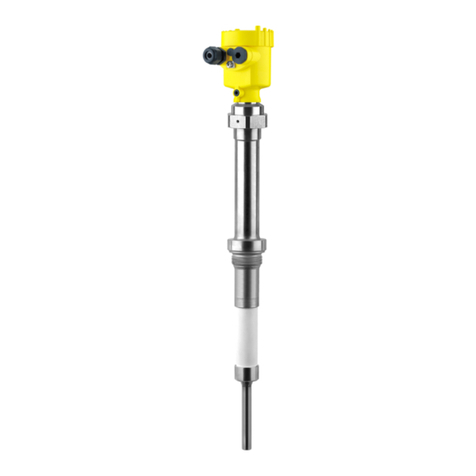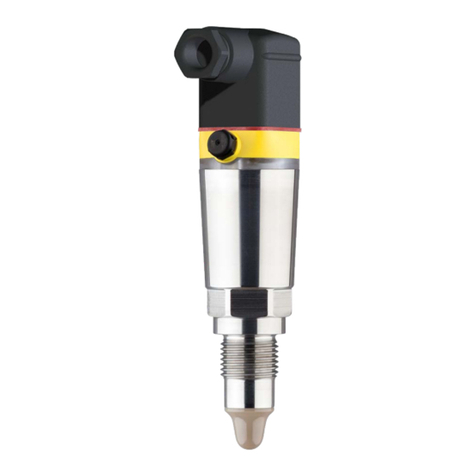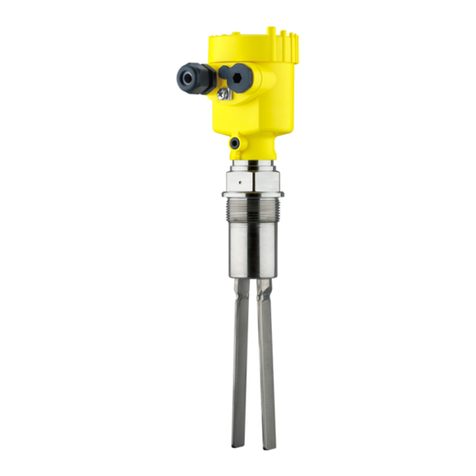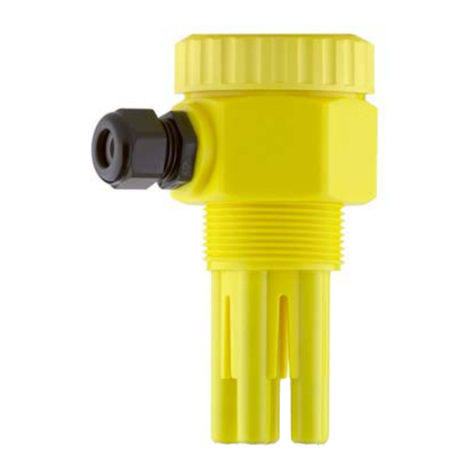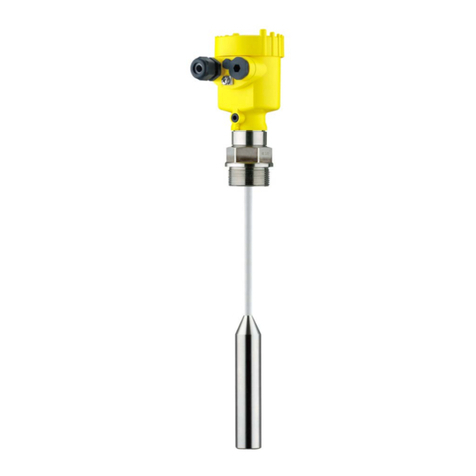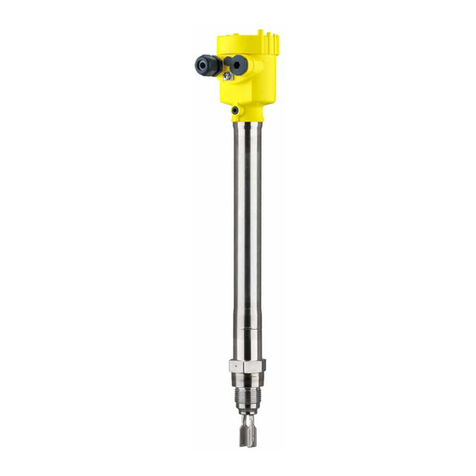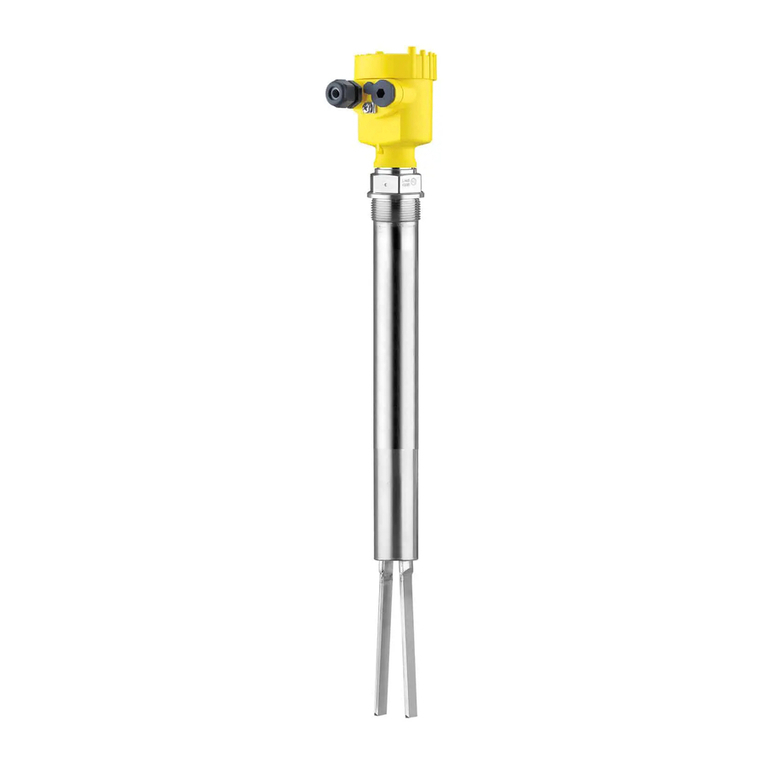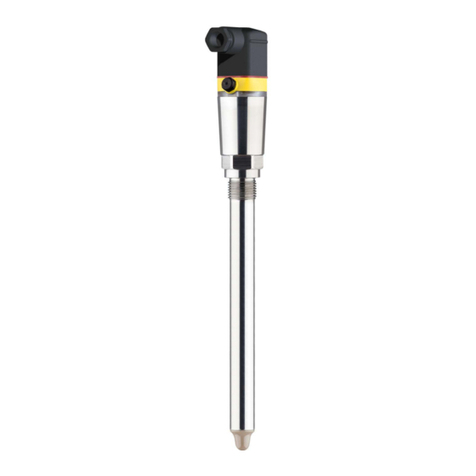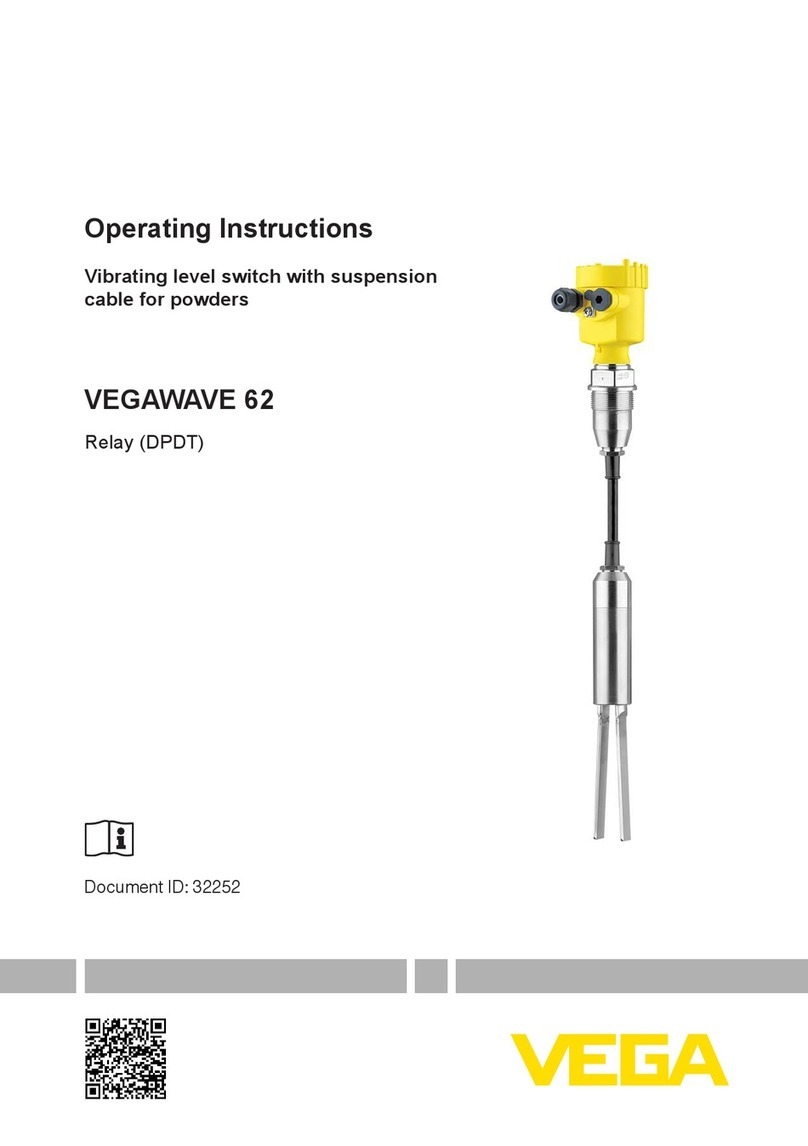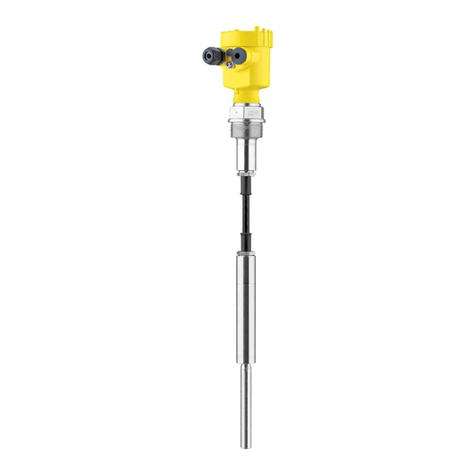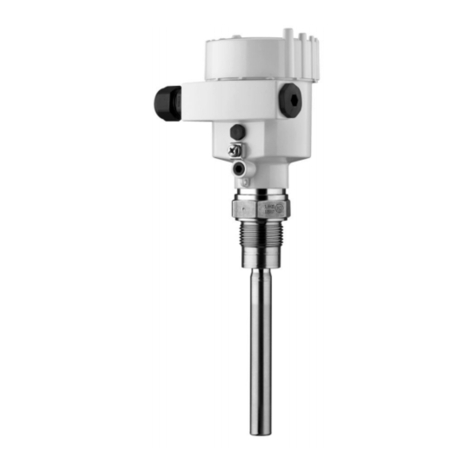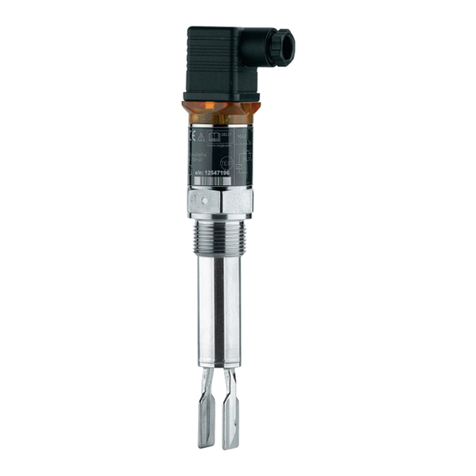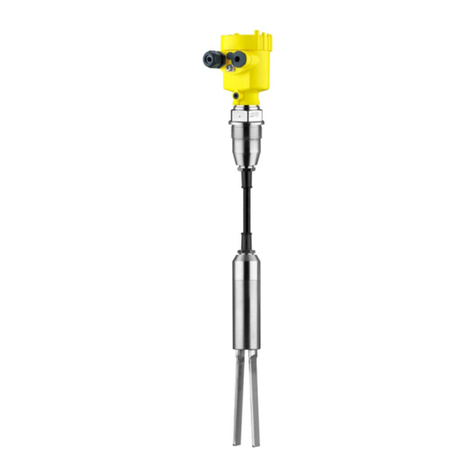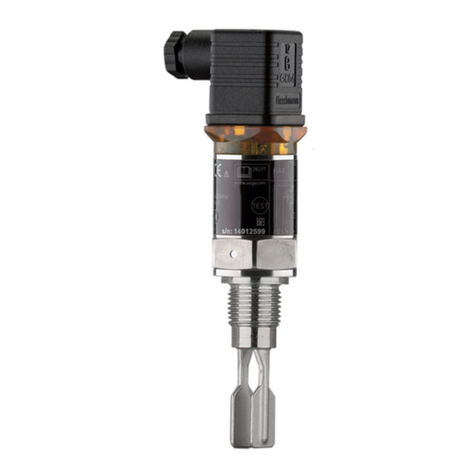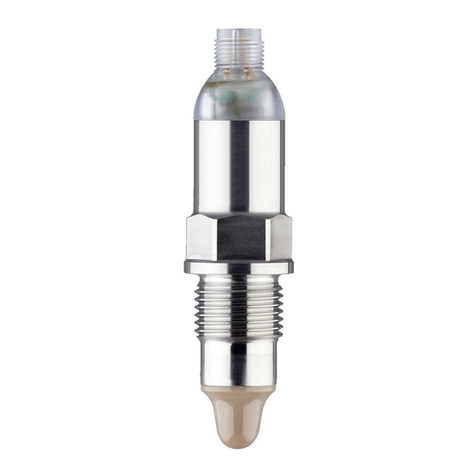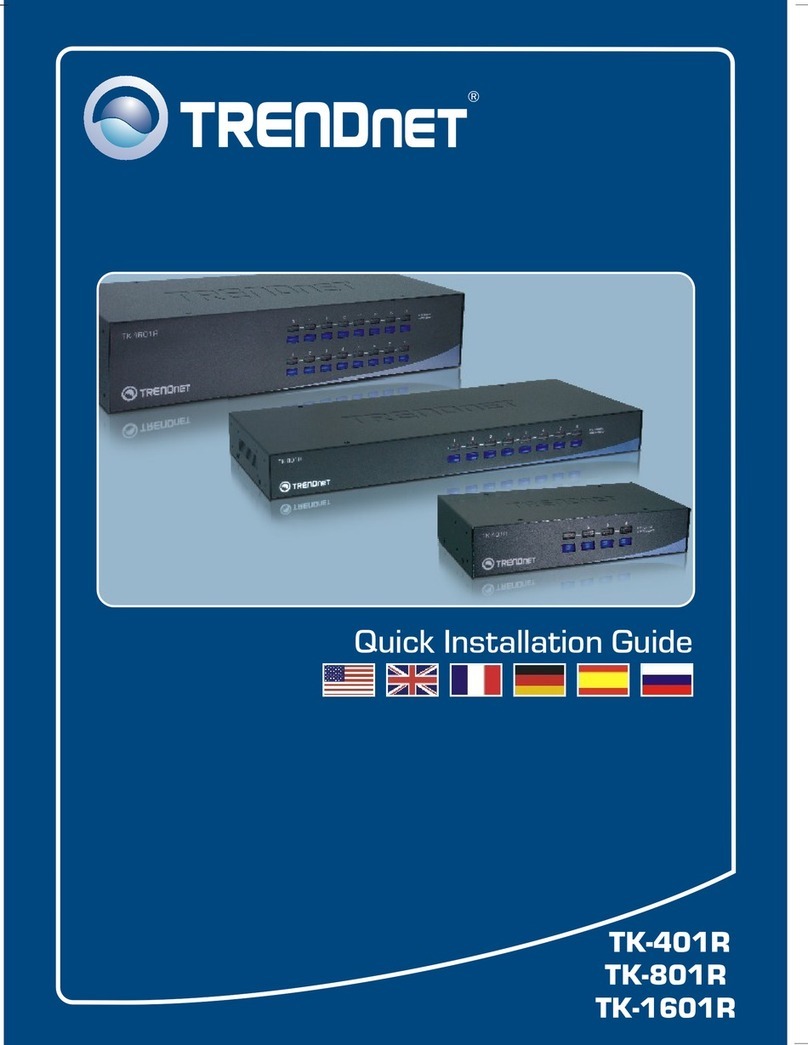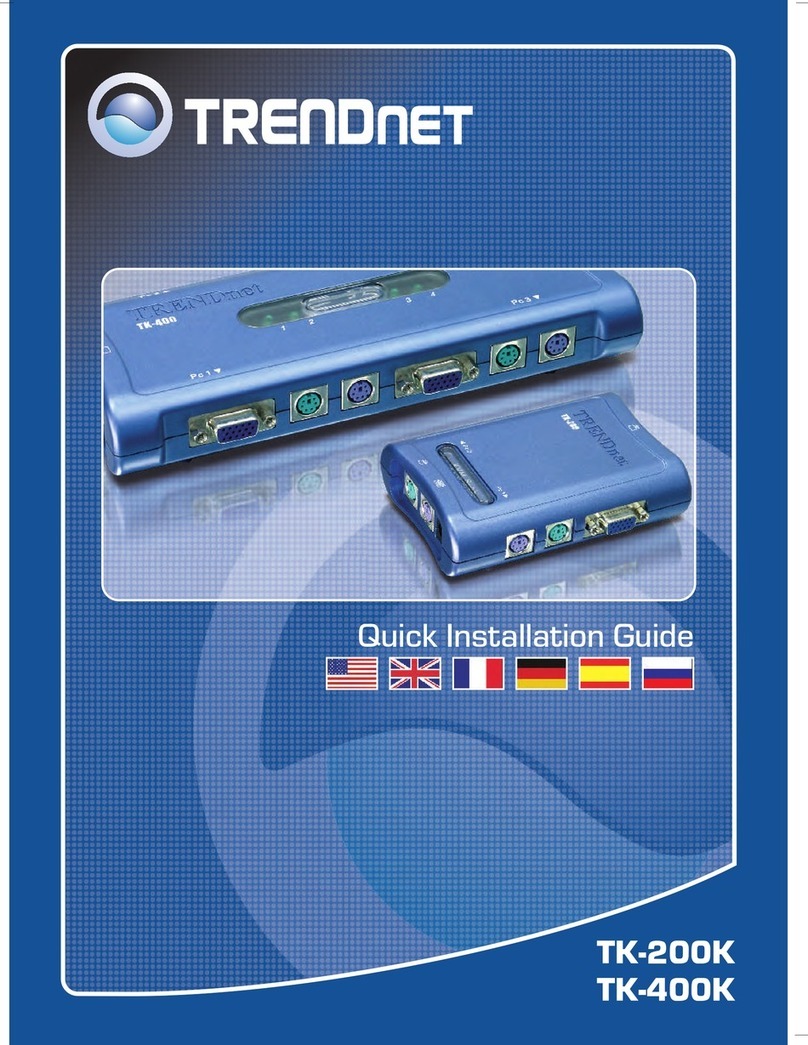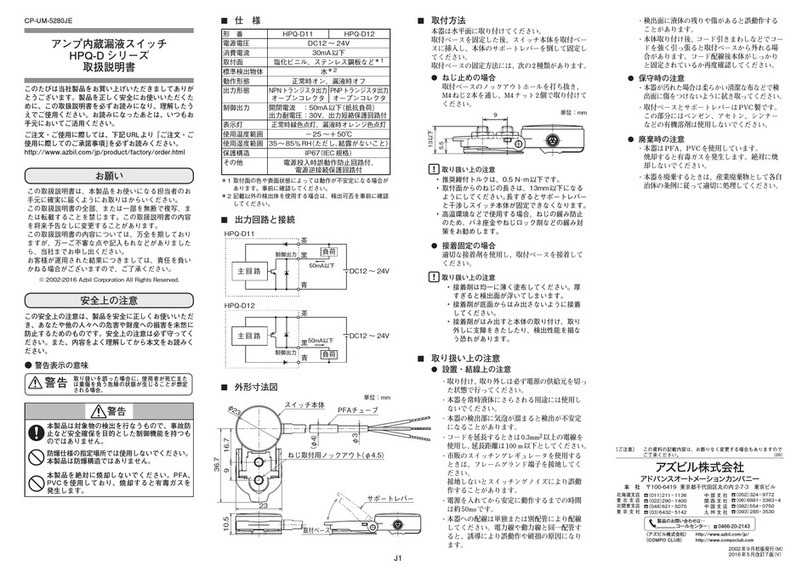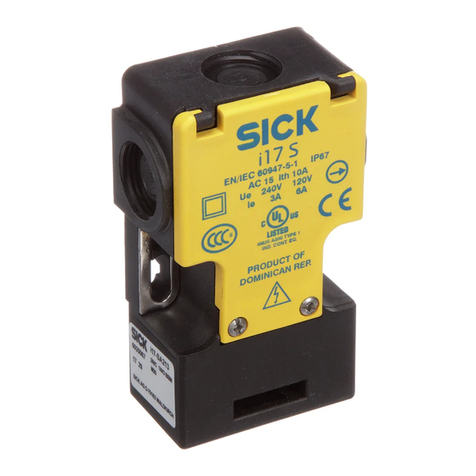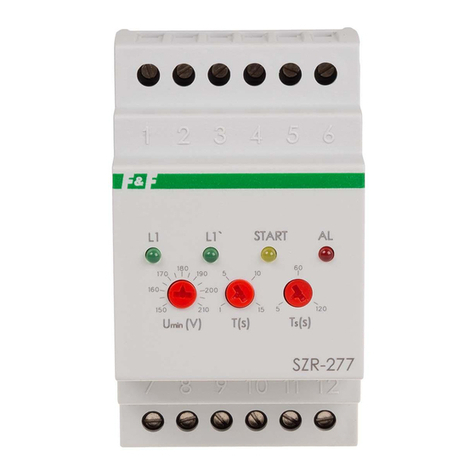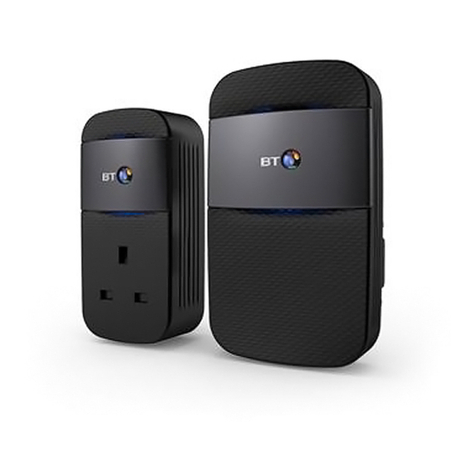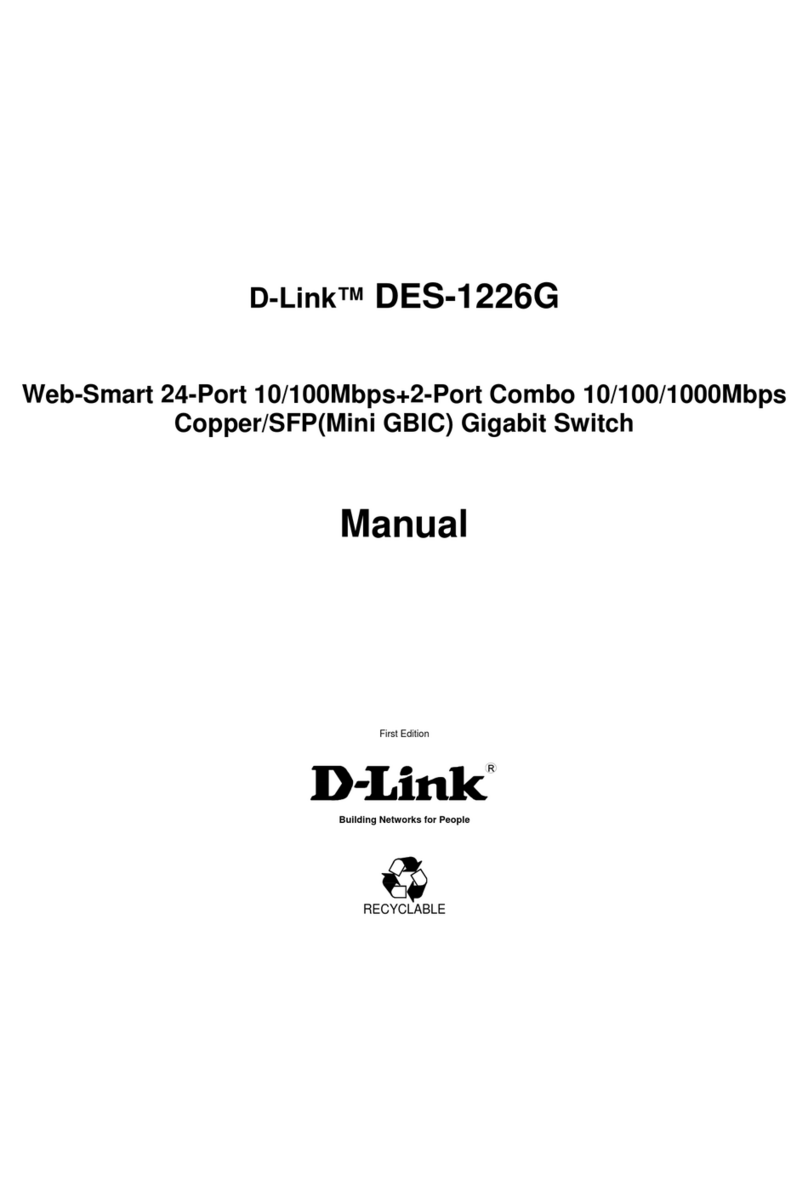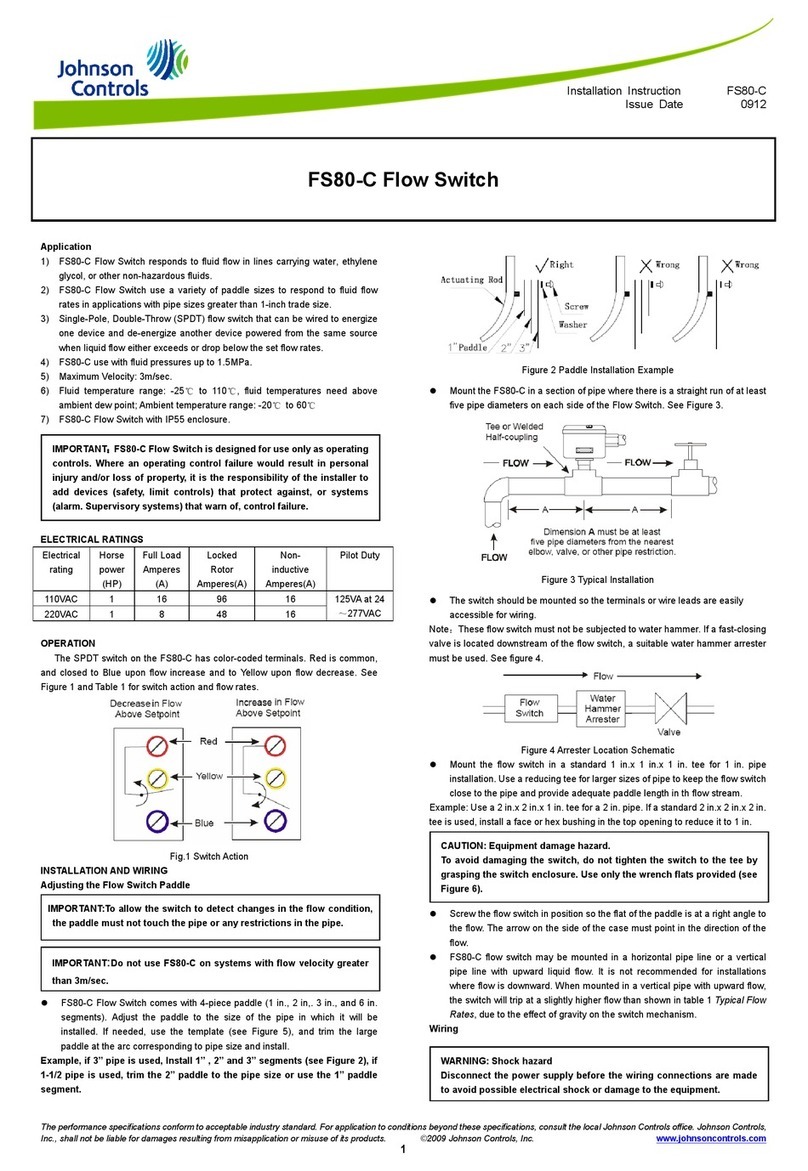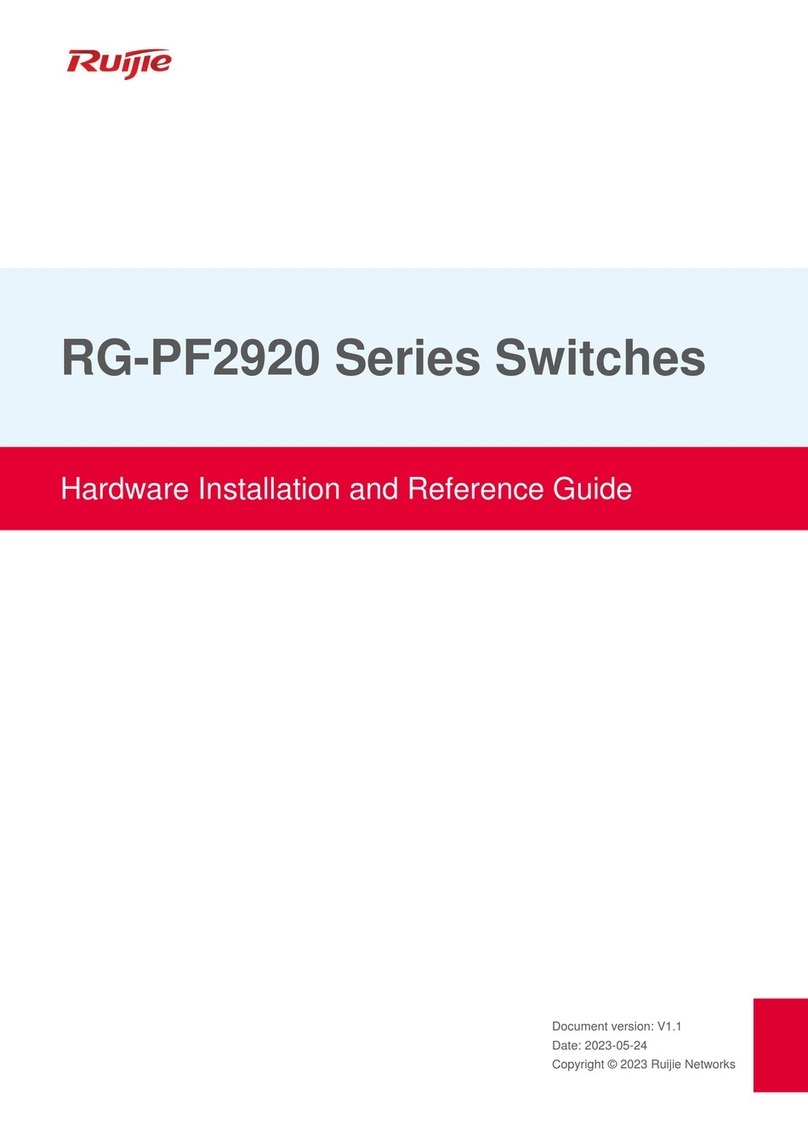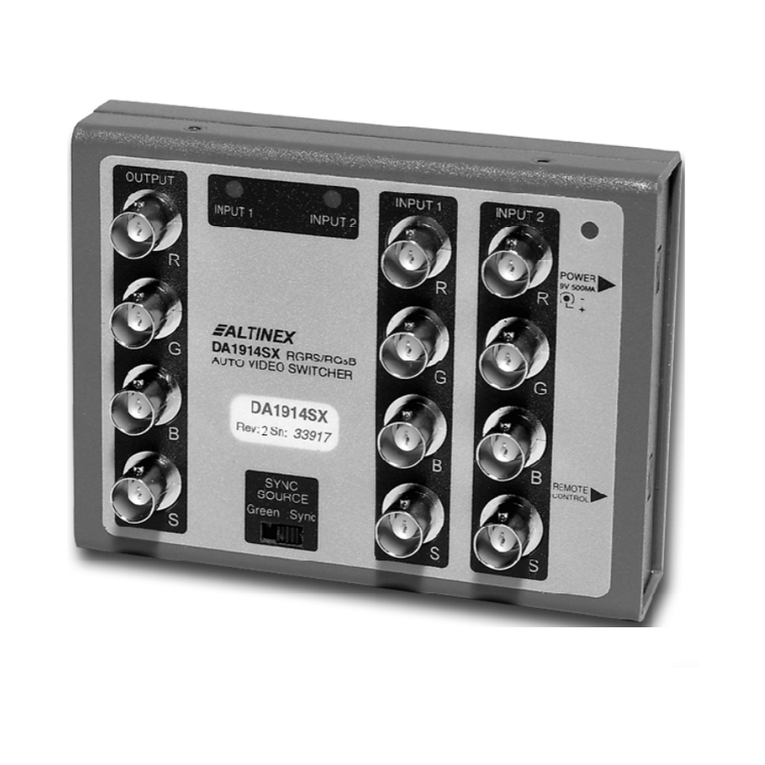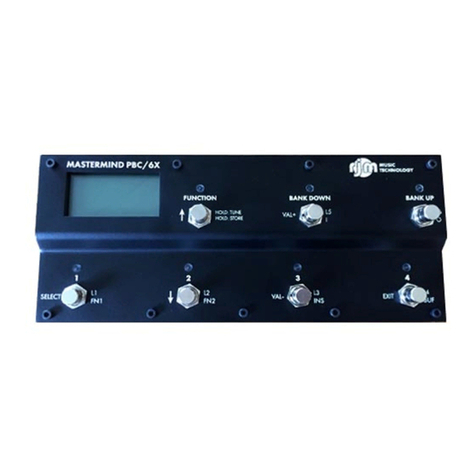Contents
1About this document
1.1Function . . . . . . . . . . . . . . . . . . . . . . . . . . . . . 4
1.2Target group . . . . . . . . . . . . . . . . . . . . . . . . . . 4
1.3Symbolism used . . . . . . . . . . . . . . . . . . . . . . . 4
2For your safety
2.1Authorised personnel . . . . . . . . . . . . . . . . . . . . 5
2.2Appropriate use. . . . . . . . . . . . . . . . . . . . . . . . 5
2.3Warning about misuse . . . . . . . . . . . . . . . . . . . 5
2.4General safety instructions . . . . . . . . . . . . . . . . 5
2.5CE conformity . . . . . . . . . . . . . . . . . . . . . . . . . 5
2.6Environmental instructions . . . . . . . . . . . . . . . . 6
3Product description
3.1Configuration. . . . . . . . . . . . . . . . . . . . . . . . . . 7
3.2Principle of operation. . . . . . . . . . . . . . . . . . . . 8
3.3Operation . . . . . . . . . . . . . . . . . . . . . . . . . . . . 9
3.4Storage and transport . . . . . . . . . . . . . . . . . . . 9
4Mounting
4.1General instructions. . . . . . . . . . . . . . . . . . . . . 10
4.2Mounting information . . . . . . . . . . . . . . . . . . . . 10
5Connecting to power supply
5.1Preparing the connection . . . . . . . . . . . . . . . . . 12
5.2Connection instructions . . . . . . . . . . . . . . . . . . 12
5.3Wiring plan . . . . . . . . . . . . . . . . . . . . . . . . . . . 12
6Set up
6.1General. . . . . . . . . . . . . . . . . . . . . . . . . . . . . . 14
6.2Adjustment elements . . . . . . . . . . . . . . . . . . . . 14
6.3Switching point adjustment. . . . . . . . . . . . . . . . 15
6.4Function chart . . . . . . . . . . . . . . . . . . . . . . . . . 18
7Maintenance and fault rectification
7.1Maintenance . . . . . . . . . . . . . . . . . . . . . . . . . . 20
7.2Electronics exchange. . . . . . . . . . . . . . . . . . . . 20
7.3Simulation of switching functions . . . . . . . . . . . 21
7.4Instrument repair . . . . . . . . . . . . . . . . . . . . . . . 21
8Dismounting
8.1Dismounting steps . . . . . . . . . . . . . . . . . . . . . . 22
8.2Disposal . . . . . . . . . . . . . . . . . . . . . . . . . . . . . 22
2VEGAKON 66 -with relay output
Contents
32649-EN-070615
